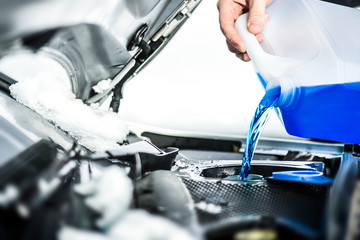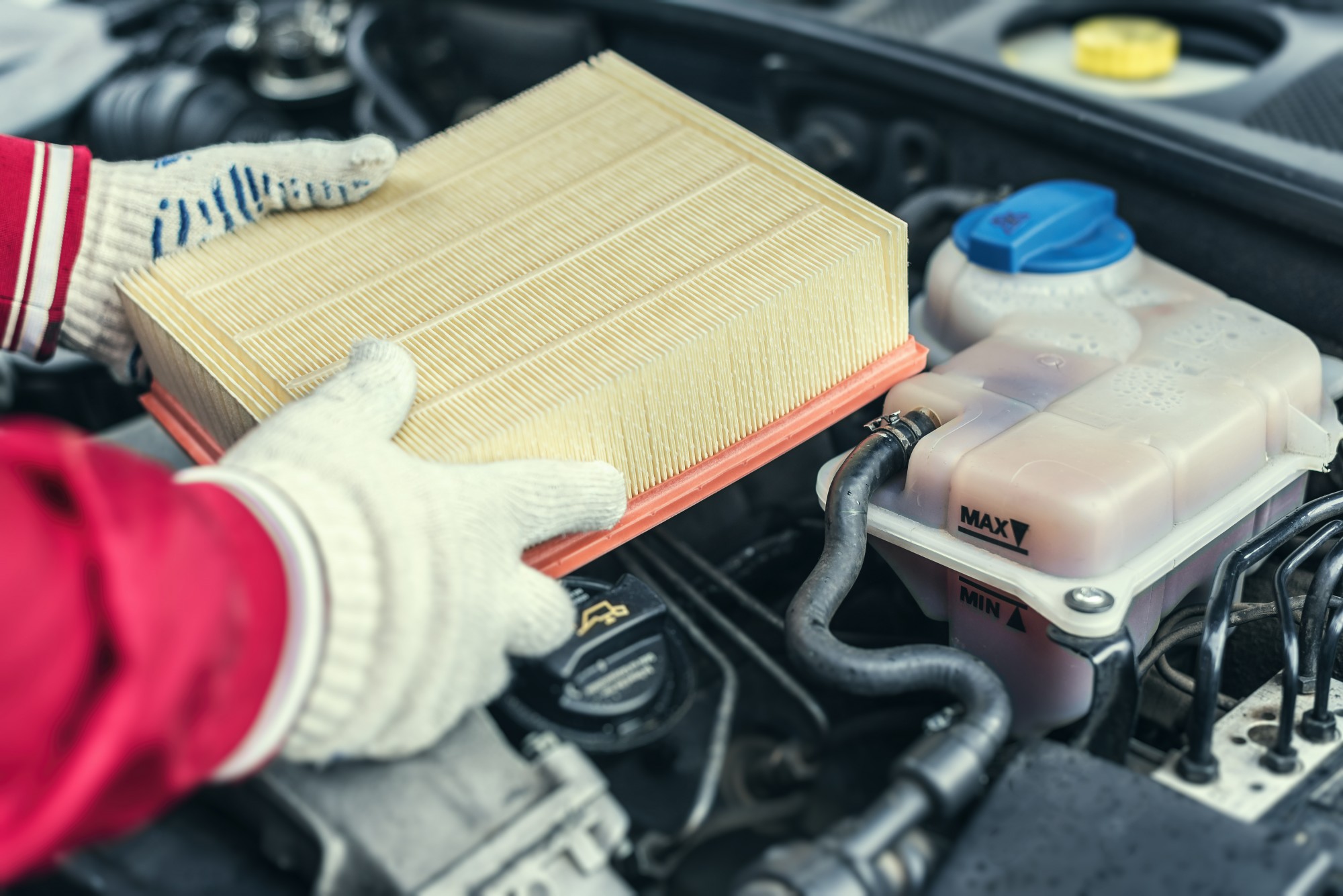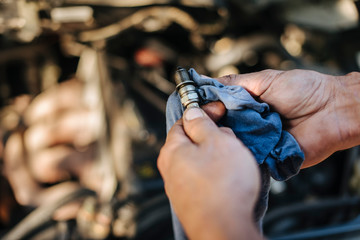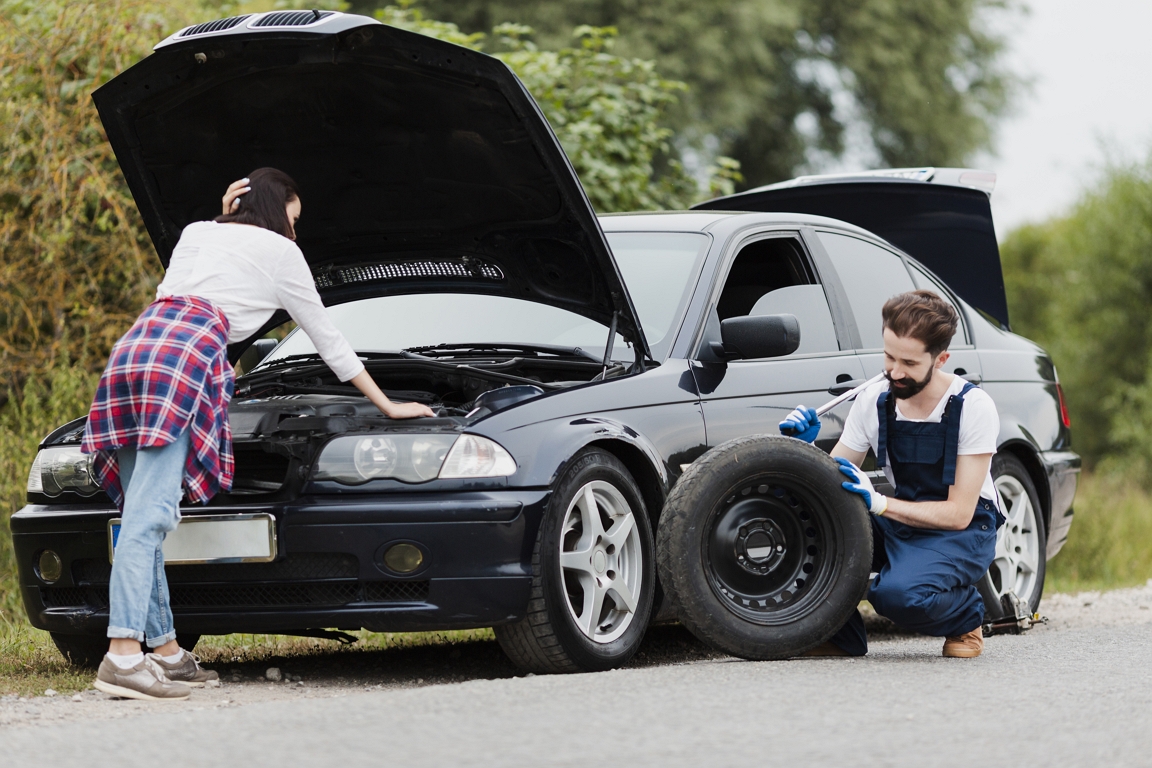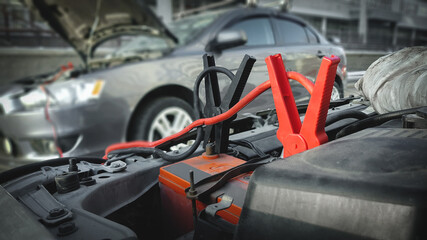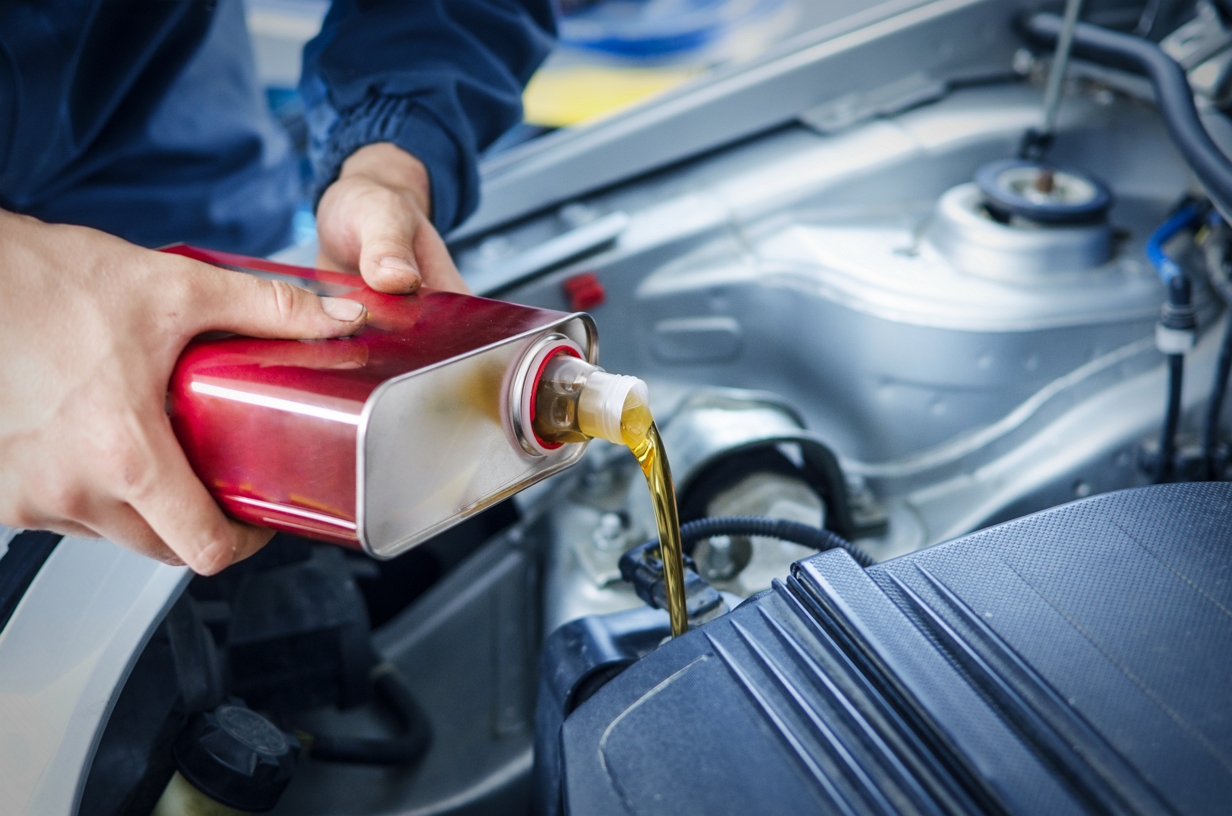
Checking on oils and fluids is one of the basic checking for owners. Those major oils & fluids include: engine oil, brake fluid, transmission fluid, battery electrolyte, windscreen fluid and coolant. Conduct a simple checking before driving can make your driving safer than ever, let’s work it out.
Checking on Oils - Engine Oil
- Switch off the engine for 3 minutes and have the oil returned;
- Pull out the engine oil level gauge;
- Clean the engine oil level gauge;
- Return the engine oil level gauge to its original position;
- Withdraw it again and read the marking. The marks should be between the marking "MAX" and "MIN".
**If the engine oil always falls below the level, the vehicle should be sent to service centre for detail checking.
Checking on Oils - Brake Fluid
Read the level on the bottle of brake fluid, it usually locates next to the brake pump
- Read the level of brake fluid, which should be between MAX and MIN;
- Also check on the clarity at the same time, make sure that it does not deteriorate.
**If anything extraordinary was found, please ask for professional advice immediately.
Checking on Oils - Transmission Fluid
Stop the car on a flat surface for checking the transmission fluid. Start the engine
- Generally, the transmission fluid level gauge locates near to the engine, in another colour;
- Braking when the engine in idling speed, moving the shifting knob from model P to L, passing all the locations, and finally fix it in P mode;
- Read the temperature gauge, ensure the coolant is under the appropriate working temperature ;
- Making reference to owner’s menu, ensure the checking on transmission fluid should be conducted when the engine is running or should be shutted down;
- Pull out the engine level gauge, clean it and return to its original position;
- Pull out the level gauge again and read the level;
- The transmission fluid should be level between "Min” & "Max”.
**If abnormal low level of transmission fluid was found, please ask for professional advise as leakage may happened



